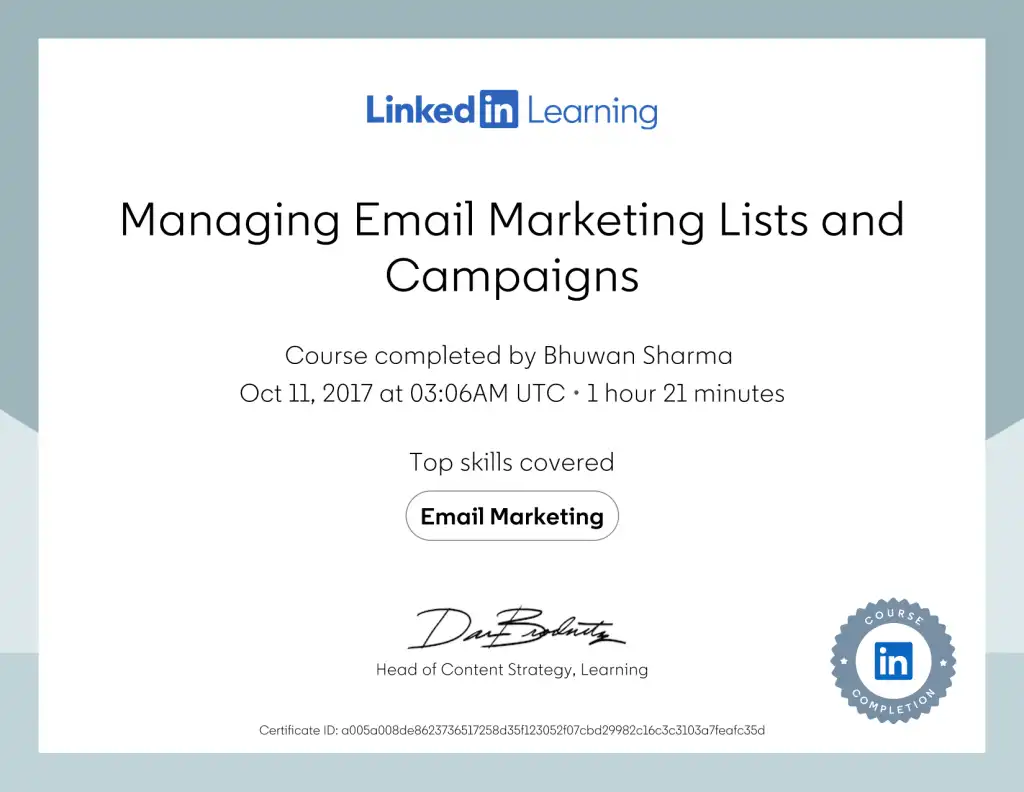
Reasons Why You Need a Naturopath Marketing Plan for Your Naturopathic Clinic’s Growth
Reasons Why You Need a Naturopath Marketing Plan for Your Naturopathic Clinic’s Growth It demands a strategic marketing approach to
Business Strategy builds a solid foundation, driving long-term growth, competitive advantage, and sustainable business success.




This strategy aims to minimize production costs, allowing businesses to offer lower prices and secure a competitive edge in the market.
This approach focuses on providing unique products or services that help a brand stand out and attract customers.
This strategy concentrates on a specific market segment, delivering tailored products or services to address unique customer needs.
Growth strategy focuses on expanding a business through market penetration, product development, or entering new markets.
Innovation strategy emphasizes creating new products, services, or processes to drive growth and maintain competitive advantage.
Business strategy integrates cost leadership, differentiation, focus, growth, and innovation to achieve long-term goals and competitive advantage.

Hiring a business strategy consultant helps you tackle challenges effectively, streamline operations, identify growth opportunities, and implement tailored solutions to achieve your business goals and drive success. See how our business strategy consultant can help.
Know your ideal customer using demographics, needs, and preferences as some of the criteria for identification. Tailor your products and marketing methods to this set of expectations.
Outline the steps taken to achieve your goals. This will include specific action items, resources, and timelines for you to keep on track.

Clear-cut goals and aspirations create a strategic map for individuals and teams that generate motivation and puts efforts in line with agreed-on objectives and outcomes to be achieved.

Enriched decision-making through the integration of multiple perspectives and data-driven insights, provides room for well-informed decision-making, effectiveness in strategies while reducing risk, and enhancing opportunities.

Process simplification is where inefficiencies are identified and redundancies eliminated to enhance productivity while ensuring that processes lead to workflows that are efficient and cost-effective yet aligned with organizational goals.

Refining market status is the process of monitoring competitive standing and consumer impressions periodically to better transform strategies for building a positive brand reputation as well as for increasing market size and penetration.

Focus on priority areas in the market to stabilize the emphasis of an organization in the market, thus driving specific activities that attract customers and strengthening the market advantage.

Overcoming challenges is all about preparing to have problems at any point in time and creating a strategy on how to overcome problems, as well as instilling a robust attitude that helps individuals and organizations become capable to meet the test of overcoming obstacles and attaining desired outcomes

Unifying team efforts allows teamwork and synergy with individuals, fostering a cohesive environment to maximize productivity and enhance the potential for achieving shared goals.

Resource utilization can be increased through optimal exploitation of existing assets, reduction of waste, and improvement of output leading to sustainable growth and better organizational performance.

Agility and flexibility may make responding to change possible for individual or organizational navigations of changes in market dynamics, consumer preferences, or industry trends toward gaining sustainable advantages.


Evaluate and conduct market research on finding all the opportunities, challenges, competition, and then make appropriate decisions which sets the direction of business

Formulate a complete business strategy for your company by considering all the strengths and weaknesses, the trend of the market, and competitive advantages toward establishing stable growth.

Create a detailed plan of actions to conduct business by making an emphasis on goals, resources, and timelines so as to achieve the goals.

Implement all your strategies as per your timeline so that all your activities are aligned with your schedule and execute them without any hindrance and at the right time to meet your business objectives on time.

Focus on the outcome and measurable results and adjust strategies in order to sustain for the long-term business success.
Our growth and marketing system is designed and created by the industry’s best, so you can achieve extraordinary results. Using proven strategies for what we do, we will bring a strategic approach to the success of your health and wellness business.
Leverage our expertise in small business marketing.






Dr. Mahananda Bhandari
Brenda McKinley
Ron Warby


Start with a Discovery Call to discuss your goals. We’ll assess your current state and suggest a strategy on how you can achieve your business goals. If needed, we will revise your business plan. Next, we develop a custom growth and marketing plan tailored to your business. As we execute the plan, we continuously monitor performance and adjust for optimal results






Reasons Why You Need a Naturopath Marketing Plan for Your Naturopathic Clinic’s Growth It demands a strategic marketing approach to

Local SEO for Naturopaths: Everything You Need to Know Implementing Local SEO for Naturopaths can elevate your practice, increase visibility,

Marketing Strategies for Patient Acquisition and Retention in Dentistry Running a successful naturopathic practice involves more than providing holistic care.
Identify a market need, define your objectives, analyze the market, evaluate resources, and generate actionable plans that support your objectives.
Yes, a business strategy must be adaptable and flexible to respond to unexpected challenges and changing conditions. We recommend reviewing the business strategy on a regular basis, like quarterly.
Key components comprise vision and mission, market analysis, goals and objectives, performance metrics, core values, competitive advantage, and resource allocation.
Success can be determined through key performance indicators, financial metrics, market share growth, and achievement of goals.
A business strategy advisor bring along their expertise, insights, and an outside view to complete your strategic planning.
SWOT analysis is a strategic tool for identifying a business’s Strengths, Weaknesses, Opportunities, and Threats and making decisions based on them.
Competition analysis, or competitor analysis, examines your competitors’ strengths and weaknesses to find opportunities in the market and adjust your business strategy.
Manage risk by identifying possible threats, assessing their effects, and planning and executing mitigation to reduce their negative impact.
Strategy refers to the long-term plans to achieve the desired results, while tactics refer to specific actions carried out to execute the strategy.
A business strategy is about decision making and dictates the general direction and objectives, whereas a business plan provides the roadmap, tasks and working details on accomplishing the desired objectives (how to get to target started from current state).
A business strategy views the general company direction, while a marketing strategy specifically deals with marketing the business and its product and services and how to reach and communicate with the target audience.